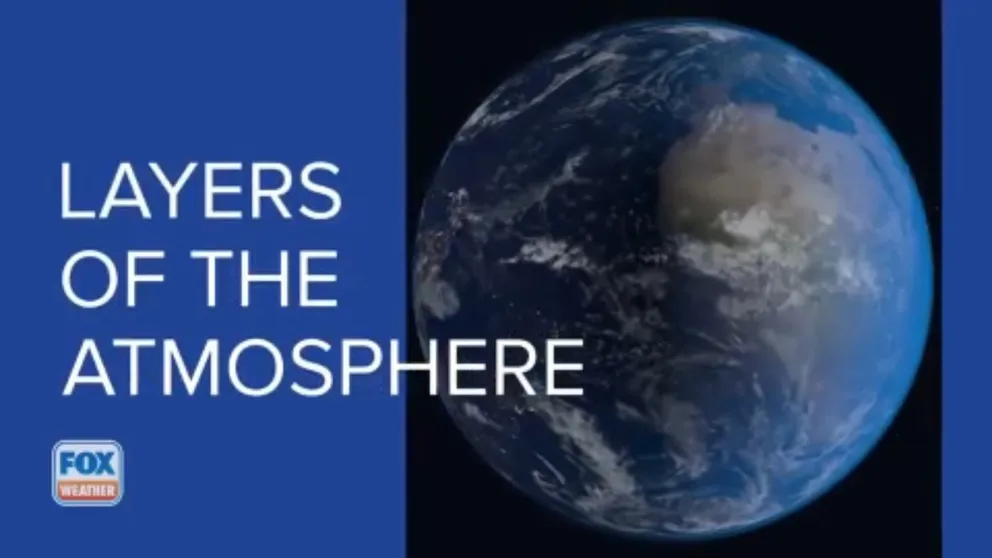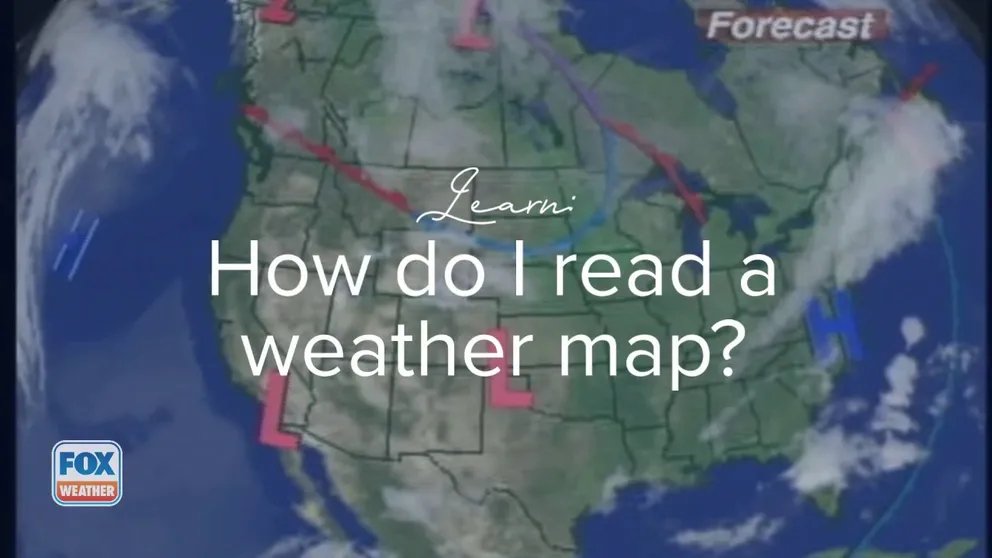What is air pressure?
Air pressure can be changed by adding or removing molecules, or by adding heat.
The 5 layers of Earth's atmosphere
Earth's atmosphere is more than 6,000 miles thick, and is made up of five distinct layers.
The weight of the air above us exerts a force on any surface it comes into contact with due to gravity. This force is caused by the atoms and molecules in the atmosphere and is known as air pressure.
While individual molecules are too small to be noticeable and only exert a minimal amount of force, when all the molecules that hit a surface in a given moment are added up, the resulting pressure can be significant, according to NOAA.
Air pressure can be changed by adding or removing molecules, or by adding heat. Adding more molecules increases collisions and pressure, like pumping air into a tire. Adding heat increases velocity and collisions, increasing pressure.
Another example of air pressure can be felt when flying on an airplane. Your ears may pop due to the decrease in air pressure as you gain altitude in the sky. This happens because your ears are adjusting to the pressure in your eardrums.
Atmospheric pressure is measured using millibars (mb) with a barometer. In the U.S. the measurement is often taken in inches of mercury (inHg).
At sea-level, the pressure is typically 1013.25 mb (29.92 inHg) or 14.7 pounds per square inch, NOAA reports. The air pressure reading at NOAA observation stations worldwide is converted to a value that would be observed at sea level, regardless of the station's elevation.
The density of air changes as a result of temperature fluctuations, which can cause shifts in air pressure. Warmer air is less dense than cooler air, as the gas molecules in warm air move at a higher velocity and are farther apart than in cooler air.
HOW HIGH PRESSURE AND LOW PRESSURE DRIVE THE WEATHER
How do I read a weather map?
FOX Weather tells you how those highs and lows form on the weather map and what they mean to the weather outside.
As warm air rises, it creates lower pressure at the surface. Intense lows can create rather potent storms with strong winds, heavy rain or snow and thunderstorms.
Cooler, sinking air can create areas of high pressure. Intense highs can create heat waves and drought in the summer and arctic outbreaks in the winter.
NOAA said that those stuck under the high-pressure center can see an extended dry period that could lead to short-term drought. On the other hand, those stuck in the low could see persistent rains that can bring flooding.
6 TYPES OF CLOUDS YOU MIGHT SEE DURING SEVERE STORMS
The most basic change in pressure is the twice-daily rise and fall due to the Sun's heat, according to NOAA. Each day, the pressure is at its lowest at about 4 a.m./p.m. and at its highest at about 10 a.m./p.m.

